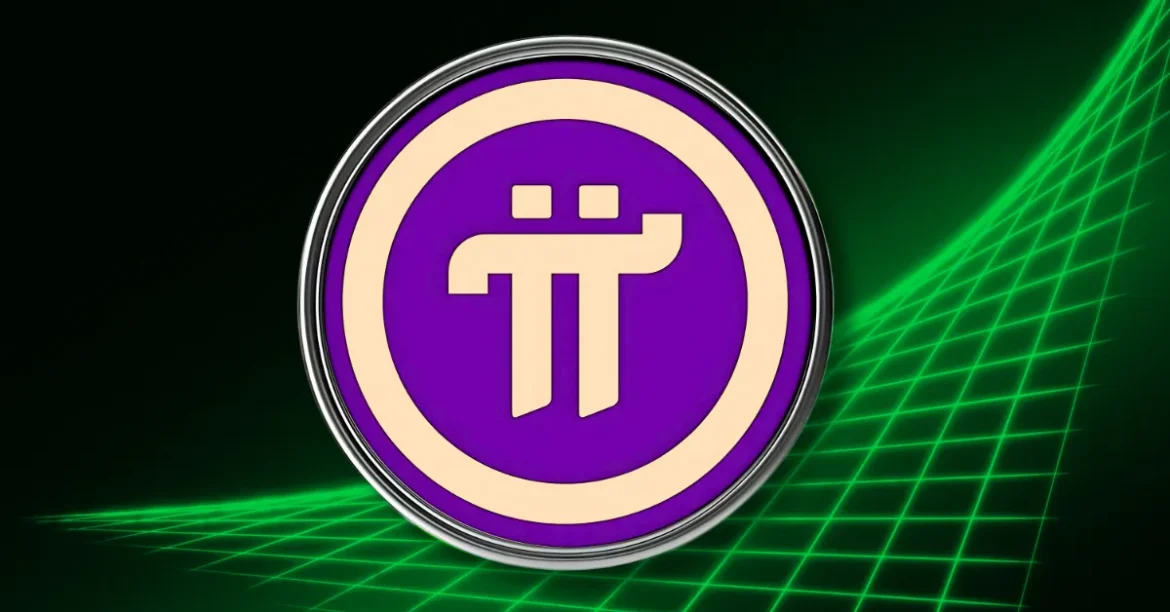The Complex Saga Behind Pi Network’s Binance Listing Stalemate
Binance’s decision not to list Pi Network’s coin despite overwhelming community votes has puzzled many and stirred controversy across the crypto landscape. Although Pi Network boasts a massive, engaged user base numbering around 60 million, and community polls have shown as high as 87% support for a Binance listing, the token remains absent from one of the world’s largest cryptocurrency exchanges. Unpacking the multiple layers behind this discord reveals a nuanced interaction between market strategy, technical factors, governance concerns, and corporate priorities.
—
Community Enthusiasm vs. Binance’s Revenue-Driven Listing Strategy
At first glance, the Pi Network community’s eagerness to have their token listed is unmistakable. Community-voted initiatives on Binance reflected an enormous quantity of support, aiming to integrate Pi Coin into mainstream trading platforms. However, Binance’s business model emphasizes listing coins that promise high liquidity and immediate trading volume, which translates directly to transaction fee revenue.
Pi Network’s slow mainnet rollout and lockup mechanisms fundamentally restrict the token’s liquidity. Tokens locked or distributed gradually offer limited scope for speculative trading – the core driver of exchange profits. This mismatch between Pi’s tokenomics and Binance’s financial incentives stands as a principal factor why the listing remains on hold despite favorable votes. Binance’s “Vote to List” campaigns serve more as community engagement tools rather than automatic listing guarantees.
—
Technical and Operational Hurdles: Non-BNB Chain Status and Token Parameters
Another critical aspect impacting Pi Network’s listing prospects is the token’s underlying blockchain environment. Binance’s listing process often favors cryptocurrencies operating on its Binance Smart Chain (BSC). Pi Network tokens currently do not operate on BNB Smart Chain, which has made them ineligible for recent listing votes strictly limited to BSC tokens.
Additionally, Binance implements a rigorous and multifaceted review process beyond community votes. Aspects like token governance transparency, security audits, compliance with regulations, and established developer ecosystem vitality undergo scrutiny. Concerns have been raised publicly about Pi Network’s decentralized governance and the opacity of its network control. These red flags add layers to Binance’s appraisal, slowing or halting potential listing decisions.
—
Governance and Transparency: Lingering Questions Raise Caution
Successful listing on a major exchange demands trust in a project’s governance and transparency. Analysts and crypto watchdogs have pointed to issues including unclear project leadership, centralized network control, and ambiguous token distribution models. These factors elevate risks potentially exposing the exchange and traders to security or regulatory issues.
Binance, which repealed automatic listing after community votes, now enforces strict vetting processes considering these qualitative parameters. The Pi Network case highlights how fan-driven enthusiasm can clash with the sober realities of exchange compliance, risk management, and corporate reputation protection.
—
Community Backlash and the Realities of Exchange Decision-Making
The Pi community’s frustration is palpable, fueled by perceptions that Binance has ignored popular demand. This tension underscores a broader ideological divide between grassroots crypto projects focusing on community and inclusion versus large exchanges emphasizing profit, risk mitigation, and regulatory adherence.
Binance’s approach, while more democratic on the surface, remains fundamentally business-oriented. Its “Vote to List” campaign is as much a marketing and community engagement strategy as it is a listing mechanism — demonstrating how user input is one piece in a larger mosaic of listing criteria.
—
What’s Next for Pi Network Without Binance Listing?
While a Binance listing would boost Pi’s visibility and liquidity massively, the project’s future need not hinge solely on this. Alternative paths include:
– Listing on decentralized exchanges (DEXs) or smaller centralized platforms more aligned with emerging tokens.
– Developing stronger technology, governance transparency, and network interoperability to meet exchange requirements.
– Expanding use cases and partnerships outside pure trading speculation to create organic demand for token utility.
Pi Network’s journey illustrates the evolving balance in crypto between community-driven ideals and the pragmatic demands of exchange ecosystems.
—
Conclusion: Beyond Votes—The Intricate Dance of Crypto Listings
Pi Network’s unfulfilled Binance listing despite vast community support serves as a striking case study in crypto ecosystem dynamics. It reveals that listing a coin is not simply a democratic exercise of popular vote but a nuanced decision involving market economics, technical readiness, risk evaluation, and business strategy. For Pi Network and its supporters, patience and bolstering the project’s fundamentals appear to be the pathway forward. The episode ultimately reminds the crypto world that community enthusiasm alone cannot overshadow the complex realities exchanges face in balancing innovation, security, and profitability.





